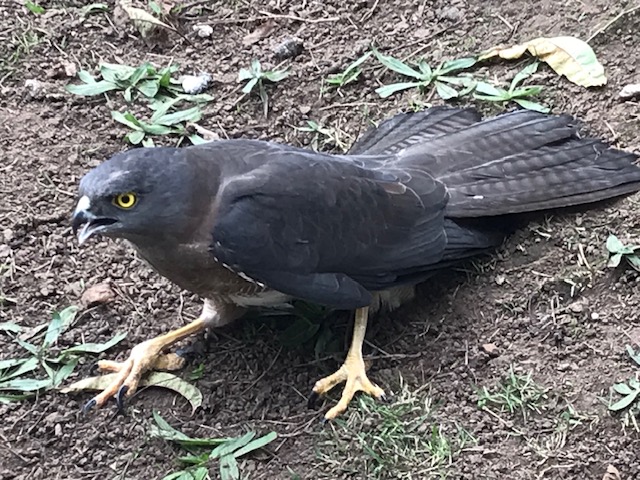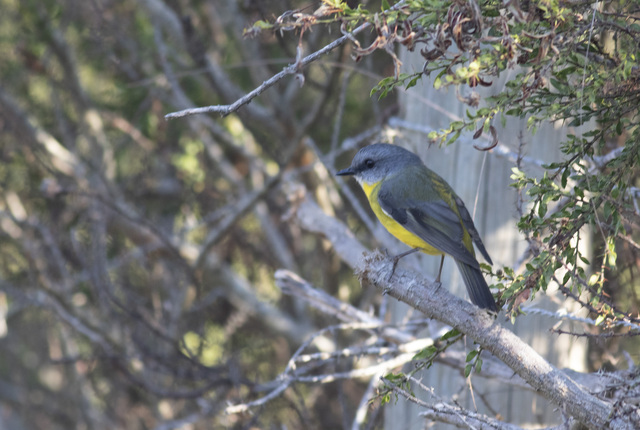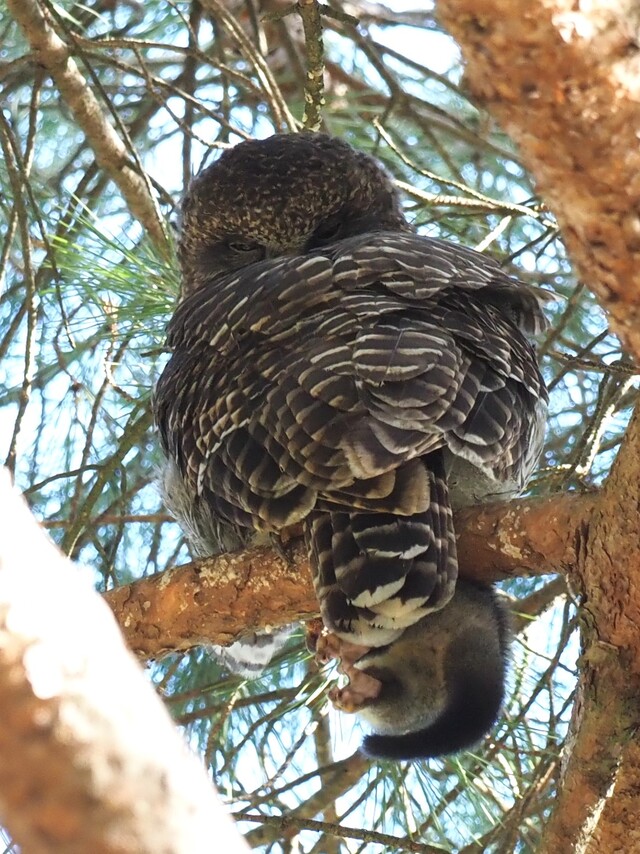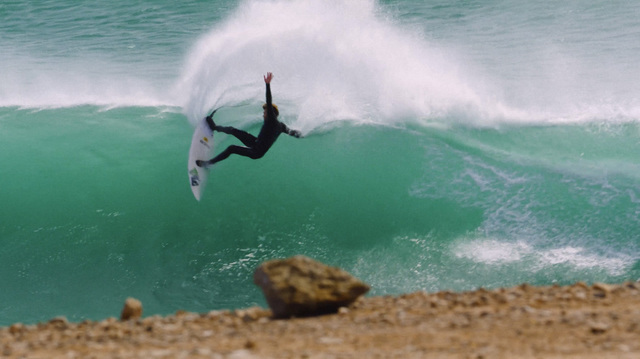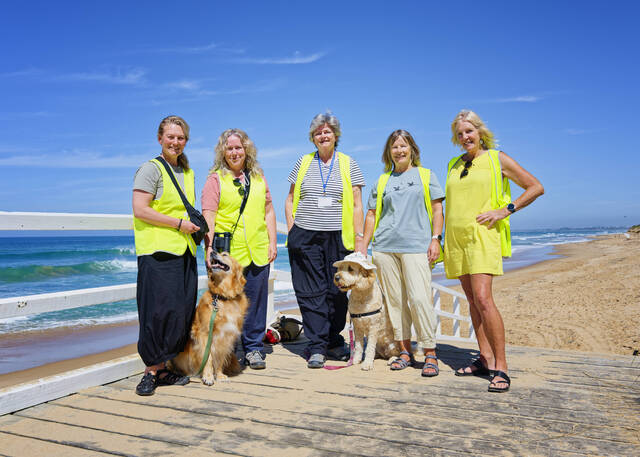It was lovely having a wander through Ocean Grove Nature Reserve.
I was looking for flame robins that in former years would be easy to spot on the fences around the north track.
I didn’t see any of these beautiful birds that are altitudinal migrants that move to coastal areas from mountainous regions such as the Otways, in autumn and winter.
I’ve only seen one on the Bellarine over the past month or so, whereas a few years ago they would be common. I wonder if the housing developments around Armstrong Creek have blocked their passage to the Bellarine, as I was reading in the iconic book by Charles Belcher about the birds of Geelong that flame robins move slowly on their migration, in fact they move ‘one tree at a time’ rather than taking long flights.
I saw a few golden whistlers, white-plumed honeyeaters, pied currawongs, eastern yellow robins, and red-browed finches on my walk.
I saw a few whistlers in the park around the corner from my home. I call this park Sue’s Park as local resident Sue has planted many of the trees and shrubs that are there and she also maintains the plants.
There’s also been a few grey fantails and brown thornbills in the park as well, which is a miracle as there is a healthy population of noisy miners in the area that usually succeed and chase any small birds out of the habitat.
I was fortunate that John Murray, who is a long term and very valuable volunteer for the Bellarine Friends of the Hooded Plover Group, dropped a copy of his 2023-2024 hooded plover records to my house. John walks the beach from Collendina to Point Lonsdale monitoring the hoodie pairs and their nests in breeding season.
This last breeding season there were six breeding pairs of birds on this stretch of beach, and they created 15 nests (their nests are really just scrapes made on the ground in the sand dunes). Thirty-seven eggs were laid by the female and seven of these eggs hatched (just 20 percent), and only one fledgling of the seven hatchlings survived around this area.
That is despite the efforts of the wonderful volunteers who devote their time to helping these birds, and the incredible efforts of the parent birds to rear their chicks on the busy beaches.
John noted that despite the signs that ask dog owners to keep their dogs on leads on the beach (and the signs saying that dogs are not allowed in certain areas) that out of the 197 dogs he saw on the beach, 157 were off lead (80 percent).
I received an email from Alan from Ocean Grove, who had some interesting days birding around Castlemaine. He had his first sighting (a lifer) of a powerful owl in the botanic gardens at Castlemaine, which would have been exciting. It was roosting about 30 metres up in a Stone Pine and was so hard to spot and even harder to photograph. Had it not been for a local pointing out the bird, as large as it was, he never would have found it. The bonus was a possum tightly gripped in one set of claws.
I received a message from my friend Robyn from Wallington that she had a raptor in her chicken pen. The chickens must have been making an awful racket which alerted her to the presence of the raptor.
Fortunately for Robyn’s chickens the bird had killed a pigeon that was eating the chicken feed and not any chickens.
Robyn took some pretty good photos of the raptor, which I think was a brown goshawk. These birds look very similar to collared sparrowhawks in plumage, but I think their bird was a brown goshawk due to the heavy eyebrow ridge (collared sparrowhawks have a wide eye look), thick legs.

